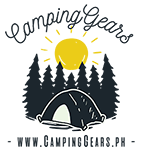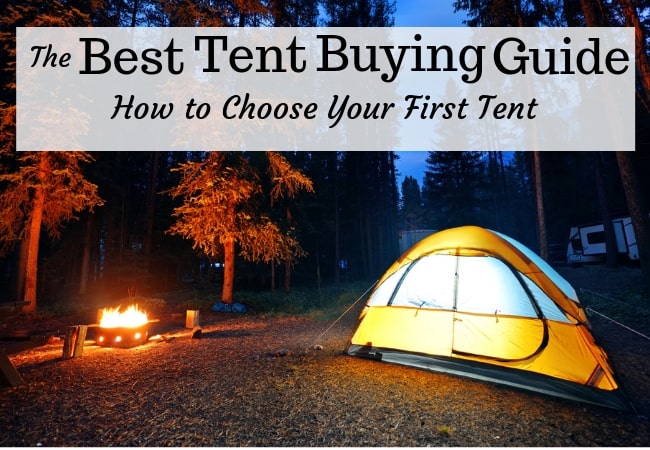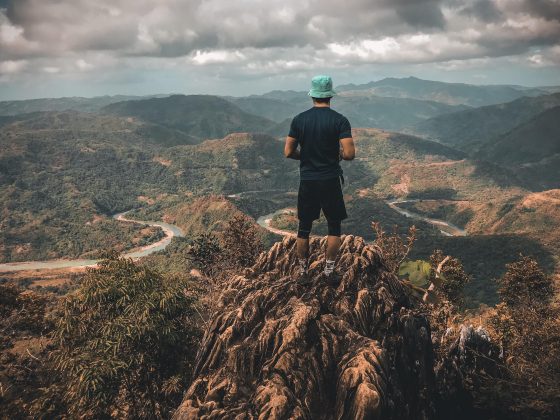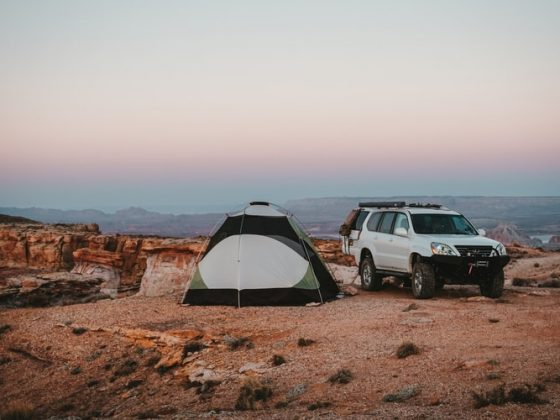
Camping has always been a favorite outdoor and weekend activity by many.
If you have ever tried this outdoor activity before, you should know that being prepared with your gears is a pivotal aspect to ensure the experience will be comfortable as well as enjoyable.
With this in mind, you need to equip yourself with the proper camping and outdoor gear before you even start on planning your camping itinerary. One such camping gear that is so ubiquitous insomuch that it is often associated with the outdoor activity itself is the tent. Tents are essential to this outdoor activity as they ensure that you have a roof above your head, albeit a makeshift one. While seasoned and hardcore campers would prefer to sleep with the elements, tents serve as a contingency plan should anything go awry and would require you to seek shelter. They also serve as a storage space for any of your personal effects and belongings.
However, do not make the mistake of thinking any type of tent would do. The tent you choose depends on the kind of camping you want to do. Similarly, it depends on the weather you will most likely encounter and the number of people you will be staying inside the tent with. Apart from that, you need to assess which tent features you would most likely take advantage of in the years to come. So, before you go shopping for a camping tent, you need to know your budget and determine what exactly it is you are looking for in a tent.
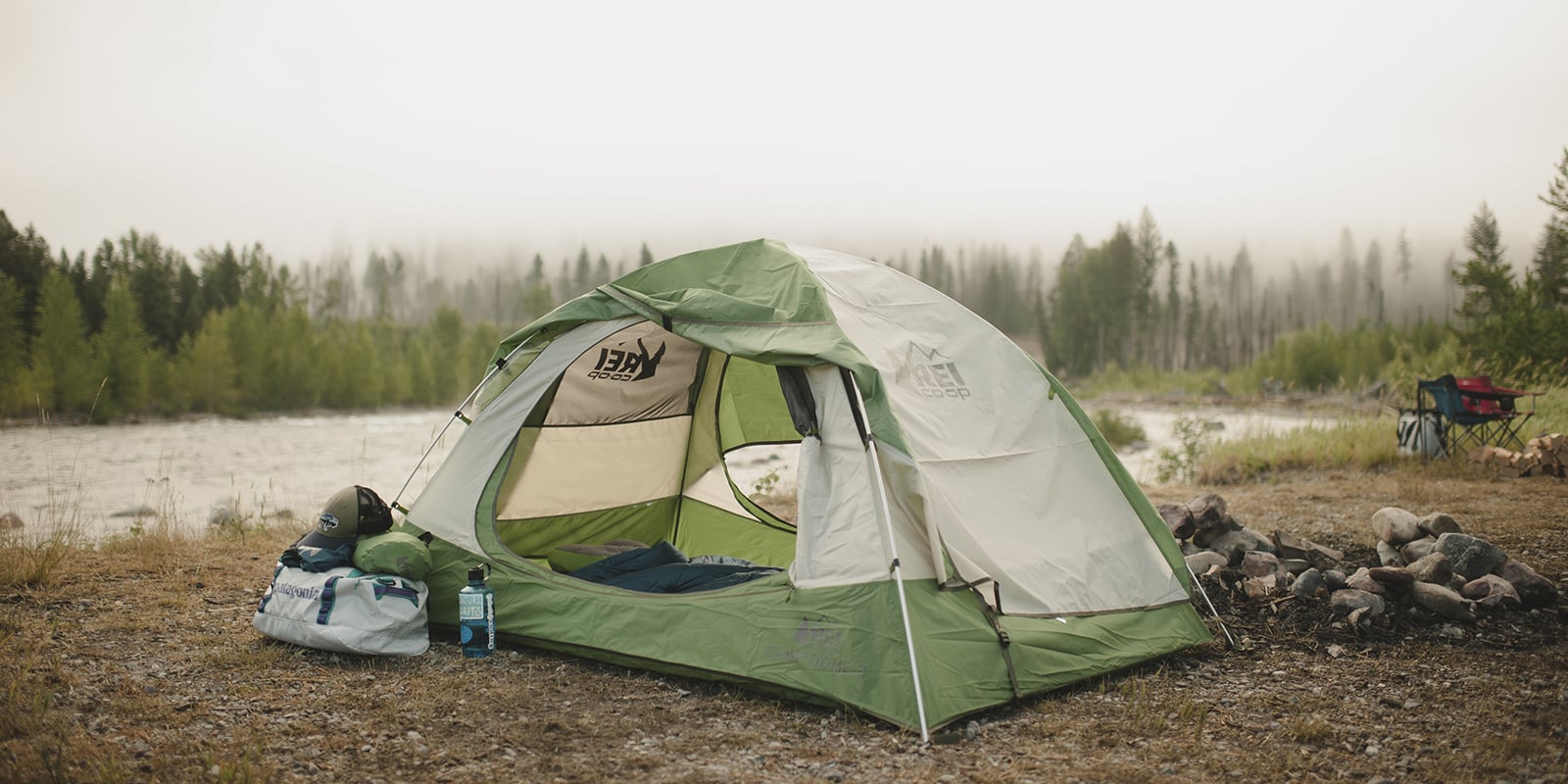
WHAT TO LOOK FOR IN A TENT?
One of the initial things you should consider when purchasing a tent is the size. However, if you are not planning to backpack or canoe camp then the size and weight of a tent should not matter as long as it fits in your vehicle. However, you do need to take into account how many people will be staying in it. Tent capacity is based on the square footage and how many standard sleeping bags will fit in it. Typically, a 2 person tent will accommodate just two people but there will be little to no elbow room or extra storage space. A good rule of thumb is to buy a tent that has a capacity rated two people higher than the number that will actually be using it to have more legroom and storage space.
However, apart from the size, here are some of the important features you should look for:
Tents with aluminum poles
Fiberglass poles are more typical and common, but they do not last as long and are likely to break. If you want a tent that would last you for many camping expeditions, look for those with aluminum poles.
Tents with adequate rainfly
Think of the rainfly as your tent’s umbrella in a sense that the bigger it is, the better your chances of staying dry are.
Tents with a one-piece tub floor
Aside from waterproof rainflies, the tent’s floor should be made of waterproof material as well. This kind of design reduces the chances of water seeping inside your tent.
Tents with durable zippers
Regardless if whether you are frequently camping or not, you should choose a tent with heavy-duty zipper. After all, cheap zippers that break easily might potentially leave you with an open tent when you are out camping.
Tents that use noseeum meshing
Noseeum meshing ensures that creepy crawlies such as bugs stay outside of your tent.
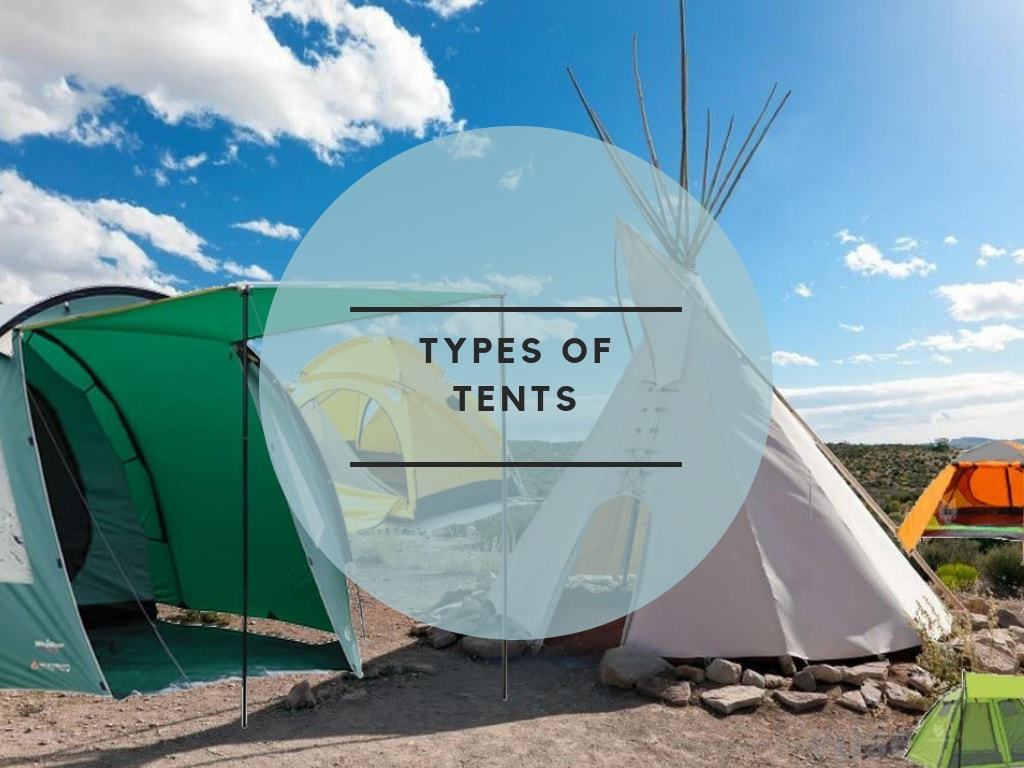
THE DIFFERENT TYPES OF TENTS

DOME TENT
Like the name suggests, dome tents are shaped like a dome and are the most common type of design in tents today. These have remained a favorite among newbie campers and even seasoned backpackers owing to their easy setup and installation. Apart from that, the tent also has a relatively high center point which gives campers enough headspace and extra room.
PROS:
-Lighter compared to other tents
-Easy to pitch and install
-Enough headroom and decent storage space
CONS:
-Limited on size
-Tends to catch wind

SWAG TENT
Swag tents have become rather popular with campers over the years owing to their versatility. They are simple, straightforward and can be used just about anywhere. Moreover, they are so easy to set up that you will be likely done in less than two minutes.
PROS:
-Lightweight, easy to pack and setup
-Warmer and cooler than tents
-Already includes a mattress
CONS:
-No extra space
-Can accommodate a maximum of two people
-Uncomfortable in hot and humid conditions
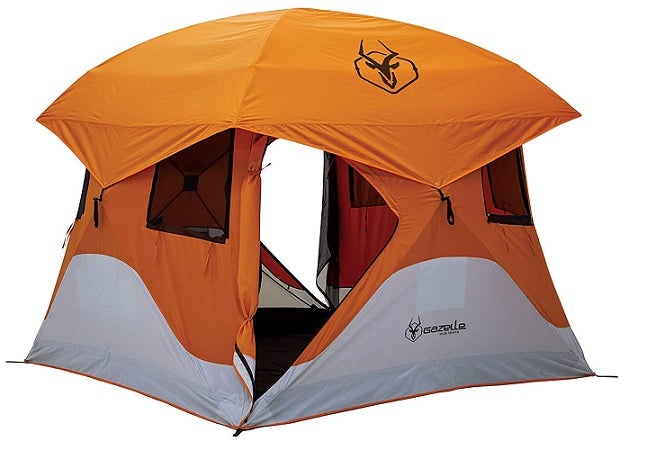
POP-UP TENT
While growing in popularity in the recent years, Pop up tents are relatively new. A Pop up tent’s design includes spring loaded poles that “pop” into shape within a few seconds ensuring quick and easy set up. However, as these tents are incredibly lightweight, they do not handle much in terms of weather, so it is best to plan accordingly.
PROS:
-Very lightweight
-Great for spontaneous adventures
-Super fast to set up
-No poles
CONS:
-Easily blown away
-Not for extended camping adventures
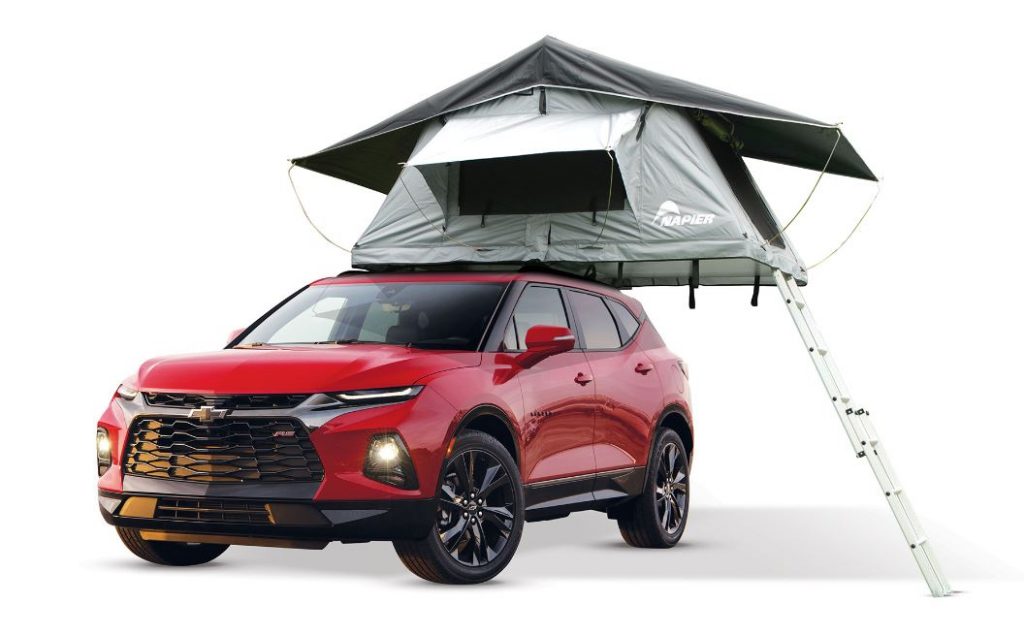
ROOFTOP TENTS
Rooftop tents have always been the popular choice among overland adventurers. However, it is their convenience and easy setup that made them such a hit with campers everywhere. Simply attach a tent to your vehicles rack, and deploy it by unfolding and extending its ladders. Setup is easy as well as quick making this type of tent a must-have to many campers.
PROS:
-Setup and dismantling are quick and easy requiring no more than five minutes to accomplish.
-As you are above ground, it is very unlikely for insects to get inside the tent.
-No ground conditions to deal with.
CONS:
-Expensive compared to other tents
-Requires a ladder to use and get inside
-Fixed to the car (meaning you can only setup your tent as far as your vehicle can go)

INFLATABLE TENTS
A relatively new type of design to the camping game, inflatable tents are equipped with inflatable poles–a revolutionary design shift from the standard poles. To set up, you need to inflate the air beams so as to support the tent structure which means you need an air pump (or a really good lung capacity) to inflate it.
PROS:
-No metal poles
-Can be set up by one person
-Easy to inflate (with an air pump)
CONS:
-Smaller in size
-Requires an air pump
-Heavier than other tent models
With all these options available to you, by now you should know that there is a tent for every occasion. In this regard, it is best to assess the kind of camping trip you have in mind and make an informed and education decision before buying a tent. Keep in mind that your tent serves primarily as your shelter. It should be comfortable and cozy enough for you to relax at night. With all that considered, find yourself the best type of tent and brave the outdoors.
